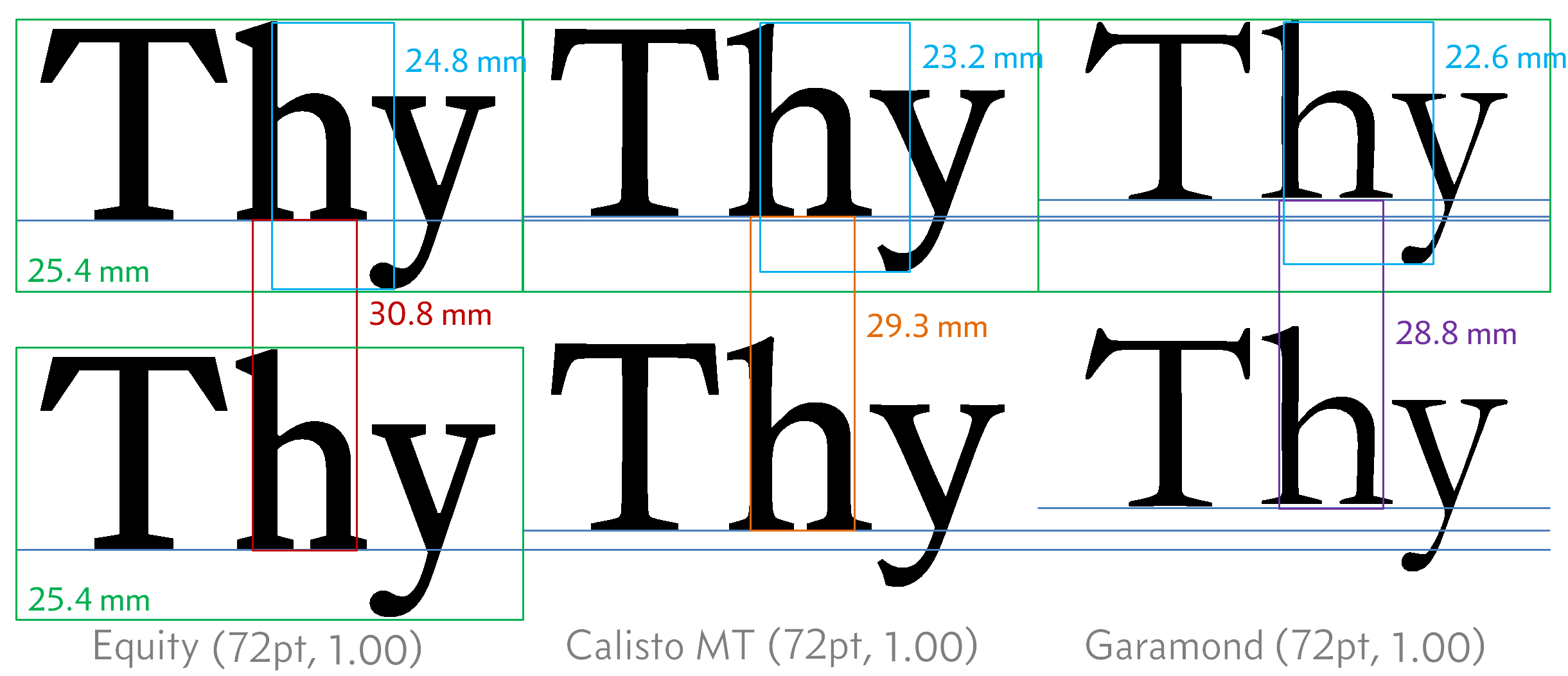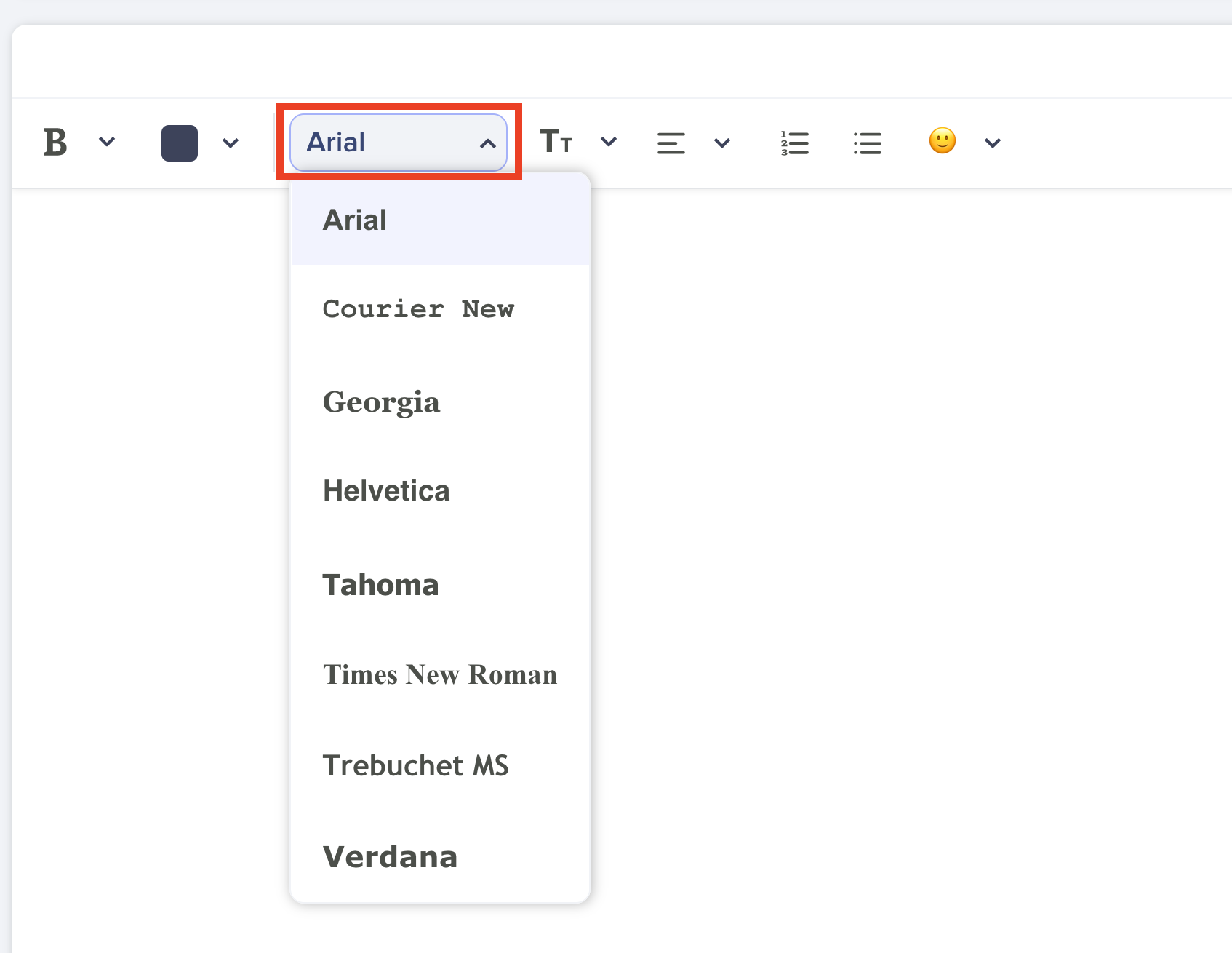
 Total labeling area 12 square inches or more: 1/16″ type. Total labeling area less than 12 square inches: 1/32″ type. PDP area 5 – 25 square inches: 1/8″ typeįor the ingredient declaration (which is placed on your actual label somewhere OTHER THAN the imaginary outline of the PDP), the type size is determined by the TOTAL space available for labeling (not just the PDP):. PDP area less than 5 square inches: 1/16″ type. Net Contentsįor the Net Contents (which is placed on the front of your actual label within the imaginary outline of the PDP), the type size must be: Another factor is what information you are displaying. Type SizeĪs noted, the type size is determined by the size of the PDP. Very Small Containersįor a small container that holds less that 1/4 ounce (by weight) or 1/8 oz (by volume), that is labeled with a tag or attached card, then the PDP can be calculated based on the size of the tag or card it is attached to. Multiply that by 40%, and you have a PDP of 7.7 square inches. Multiply those and you get a total surface area of 19.25 square inches. If you have a 4oz cosmo bottle, the circumference is about 5.5″ and the height about 3.5″. Multiply by 40% (.40) and you have the PDP. Multiply the two, and you get the total of the entire surface. To calculate, measure around the bottle (the circumference) and the height of the bottle, not including the slope at the top (called the “shoulder”). Round or Cylindrical Containerįor a round or cylindrical container (such as a bottle), the calculation is a little different it’s 40% of the entire surface. To calculate the square inches, multiply 2″ by 3″ – and you get 6 square inches, which is the size of your PDP. If a soap bar is 2″ by 3″ and 1″ thick, then one entire side is 2″ by 3″. The PDP size is defined in “square inches” (which is a space 1″ by 1″) Rectangular Containerįor rectangular packages (such as boxes or bars of soap), the calculation is easy … it is equal to the size of one entire side of the rectangle. The first step is to determine the PDP size, which is calculated based on the total size of the package. It is, however, the size of the PDP that determines the size of the text to use. The principal display panel (referred to as the “PDP”) is an imaginary space – the actual label may be larger or smaller than the PDP. Generally, it’s the top or the front of the package. That’s defined as the part of the package or label that the consumer sees or examines when the product is displayed for retail sale. The right size type is determined by the size of the container (not the size of the label itself), and the placement is determined by the type size used.Įvery package, whether it is a bar of soap, a box or a bottle, has a “principal display panel”.
Total labeling area 12 square inches or more: 1/16″ type. Total labeling area less than 12 square inches: 1/32″ type. PDP area 5 – 25 square inches: 1/8″ typeįor the ingredient declaration (which is placed on your actual label somewhere OTHER THAN the imaginary outline of the PDP), the type size is determined by the TOTAL space available for labeling (not just the PDP):. PDP area less than 5 square inches: 1/16″ type. Net Contentsįor the Net Contents (which is placed on the front of your actual label within the imaginary outline of the PDP), the type size must be: Another factor is what information you are displaying. Type SizeĪs noted, the type size is determined by the size of the PDP. Very Small Containersįor a small container that holds less that 1/4 ounce (by weight) or 1/8 oz (by volume), that is labeled with a tag or attached card, then the PDP can be calculated based on the size of the tag or card it is attached to. Multiply that by 40%, and you have a PDP of 7.7 square inches. Multiply those and you get a total surface area of 19.25 square inches. If you have a 4oz cosmo bottle, the circumference is about 5.5″ and the height about 3.5″. Multiply by 40% (.40) and you have the PDP. Multiply the two, and you get the total of the entire surface. To calculate, measure around the bottle (the circumference) and the height of the bottle, not including the slope at the top (called the “shoulder”). Round or Cylindrical Containerįor a round or cylindrical container (such as a bottle), the calculation is a little different it’s 40% of the entire surface. To calculate the square inches, multiply 2″ by 3″ – and you get 6 square inches, which is the size of your PDP. If a soap bar is 2″ by 3″ and 1″ thick, then one entire side is 2″ by 3″. The PDP size is defined in “square inches” (which is a space 1″ by 1″) Rectangular Containerįor rectangular packages (such as boxes or bars of soap), the calculation is easy … it is equal to the size of one entire side of the rectangle. The first step is to determine the PDP size, which is calculated based on the total size of the package. It is, however, the size of the PDP that determines the size of the text to use. The principal display panel (referred to as the “PDP”) is an imaginary space – the actual label may be larger or smaller than the PDP. Generally, it’s the top or the front of the package. That’s defined as the part of the package or label that the consumer sees or examines when the product is displayed for retail sale. The right size type is determined by the size of the container (not the size of the label itself), and the placement is determined by the type size used.Įvery package, whether it is a bar of soap, a box or a bottle, has a “principal display panel”. 
So how do you determine the right size type? And what font size is that?

One of the most common labeling errors is using type that is too small on your label.










